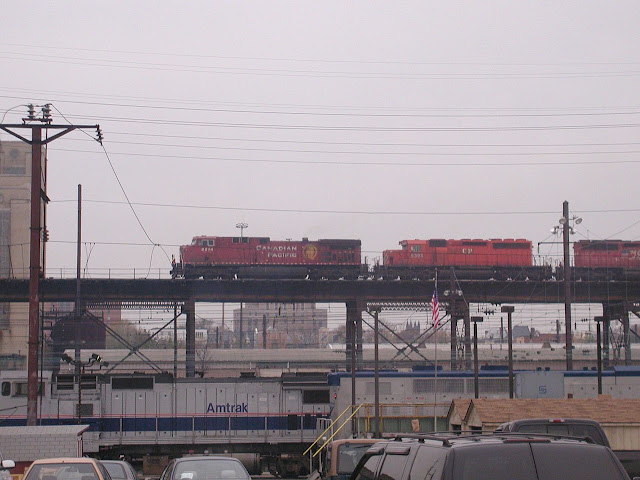Also included in the full set are some photos of the Broad Street Subway and Amtrak's 30th St station complex. I think to save on money, we took the Broad Street Subway to Fern Rock using a PATCO transfer where I shot a few photos of equipment in the ready storage yard and the rolling repair shoppe.
The SEPTA historic fleet was still parked in the upper storage yard, which was slightly easier to photograph.
Clear signal indication on the 4R signal at Tabor Junction as SEPTA SL-IV #305 coasts to a stop on the southbound platform. The interlocking is still in it's ABS configuration with a reverse direction dwarf signal, although the pneumatic point machines have already been replaced.
Example of an ABS signal on the Main Line just south of the recently high-leveled Melrose Park Station.
Medium Clear on the 24L signal at JENKIN interlocking. Trains heading to New York were given the "straight" route to the right. Today all trains are hobbled by an enforced 30mph cab signal indication regardless of the route set.
The flat junction at JENKIN featured a movable point diamond that was replaced in the re-signaling project with a pair of turnouts.
Just past the rusty Reading vintage 315 automatic signal our northbound R5 met a southbound counterpart with SEPTA SL-IV #140 in the lead.
















